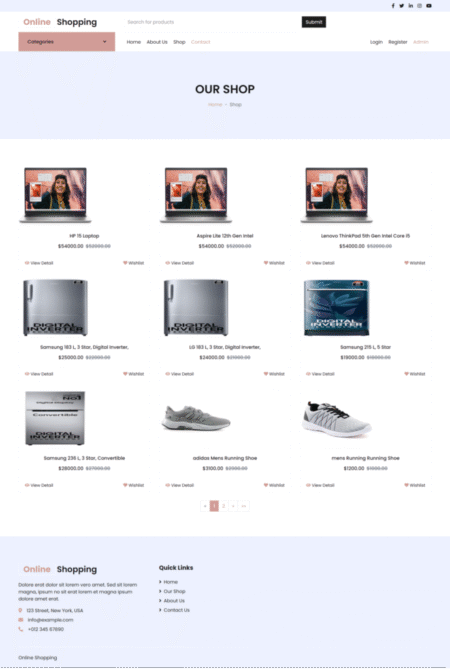
Building robust and scalable APIs is a cornerstone of modern web applications. In this guide, we’ll walk you through the process of building APIs using GraphQL and Flask, covering everything from setup and schema creation to advanced resolver functions, with real code examples.
Whether you’re a backend developer or a full-stack engineer, this blog will help you understand how to efficiently implement GraphQL using Flask and Ariadne in Python.
What is GraphQL and Why Use It with Flask?
GraphQL is a query language for APIs and a runtime for executing those queries using a type system you define for your data. It gives clients the power to ask for exactly what they need—nothing more, nothing less.
Flask, on the other hand, is a lightweight Python web framework perfect for building APIs. By combining Flask with GraphQL, developers get the best of both worlds: flexibility, speed, and maintainability.
If you’re new to either technology, explore their official docs:
Initial Setup: Flask + GraphQL + Ariadne
1. Create a virtual environment:
2. Install requirements:
3. Configure Flask app and connect to PostgreSQL or any preferred database.
4. Create models for your application and apply migrations.
5. Create <strong>schema.graphql</strong> in your root directory.
Understanding GraphQL Schema: Query and Mutation
The schema.graphql file should define your entry points:
Each type in GraphQL describes a set of fields. For example:
This defines an object with Boolean success, an error list, and an array of Order objects.
Key takeaway: Use ! to mark required fields. [Order]! is an array of non-nullable orders.
Creating Models in Flask
Your Flask model might look like this:
Setting Up Ariadne Resolvers
Initialize your resolvers in <strong>__init__.py</strong>:
Create your resolver in <strong>resource.py</strong>:
Sample GraphQL query:
Building Types in schema.graphql
Define all necessary GraphQL types:
Adding GraphQL Endpoint in Flask
GraphQL Mutation: Updating a User
GraphQL Schema:
Mutation Resolver:
Sample Mutation Query:
Additional Considerations
- Code Modularity: Use blueprints to structure your app.
- Security: Sanitize inputs, especially in mutation logic.
- Scalability: Consider using pagination and filters in resolvers.
- Logging and Monitoring: Add error logs and request tracking.
- Optimization: Partner with a Python Development Company for building secure, scalable, and maintainable systems.
Conclusion
Combining GraphQL with Flask delivers an efficient and flexible API development process. From a streamlined schema to powerful mutations and queries, this guide gives you a complete view of how to implement it in your next project.
At Inexture Solutions, we help startups and enterprises build scalable APIs using Python, Flask, and GraphQL. Let us help you launch your next product faster.
The post Building APIs with GraphQL and Flask: A Complete Developer Guide appeared first on Inexture.
Source: Read MoreÂ



